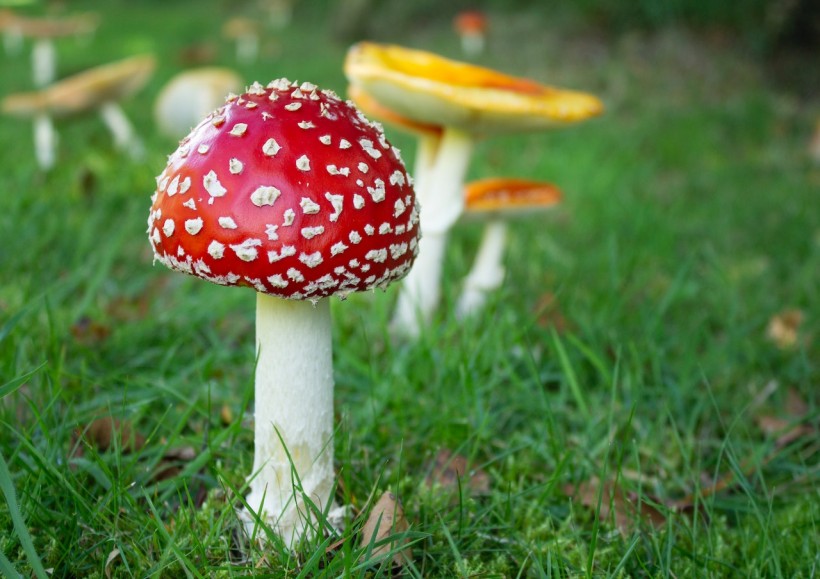
In our modern times, mushroom have gained culinary importance as they are used in making dishes such as pasta and soup. During the ancient times, however, mushrooms are very powerful symbols which are associated with various spiritual beliefs.
One of the most iconic mushrooms is the fly agaric which is famous for its red and white-spotted cap. It was known as a sign of fortune among the Germans who hand them over as present to their loved ones as a symbol of blessing from God. Today, this red and white mushroom is one of the most recognizable species in the popular culture, even used as a power up feature in Super Mario video game.
Identification of Red and White Mushroom
Fly agaric (Amanita muscaria) is a kind of fungi that belongs to Amanitaceae family and a close of the Blusher mushroom. Although it is native to the UK, the red and white mushroom has spread throughout the northern hemisphere such as mainland Europe, U.S., and Canada. These fairy tale mushrooms frequently appear in groups and are a common sight in woodlands and heathlands, usually recurring in the same spot for years.
Fly agaric can grow up to 20cm wide and 30cm high. Its most distinguishable feature is its bright red cap with white spots that sometimes appear like warts. Its gills located under the cap are not closely packed and do not join the stem. It also has white stalk with a brittle texture and a cup-like base where the stem emerges.
READ ALSO: Teenager From Chile Died Due to Acute Liver Failure After Consuming Wild Mushrooms
Toxicity of Red and White Mushroom
Among the mushroom species under the Amanita genus, fly agaric is considered as psychoactive. It contains the chemical compounds muscimol, muscarine, and other toxic alkaloids. It also synthesizes ibotenic acid which is mainly concentrated in its mushroom cap. Aside from it, fly agaric also manufactures amanitin, a kind of cyclic protein known for destroying the liver and kidneys.
The psychoactive substances found in fly agaric are toxic in nature, making the mushroom poisonous to some degree. Eating fly agaric can cause nausea, drowsiness, and sweating. In extreme cases, a person can suffer from distorted vision and hearing, euphoria, and dizziness. Other symptoms of poisoning include involuntary movements, hallucinations, seizures, and delirium. These symptoms, however, differ from person to person and from the amount of consumed mushroom with variable strength of toxins.
Although fly agaric is poisonous in nature, death from eating Amanita muscaria is rare. Some groups of people are even intentionally ingesting this red and white mushroom for its hallucinogenic properties or as a recreational drug. For thousands of years, fly agaric has been used by shamans and priests when entering trances in order to encounter visions and gain divine intervention. In the Nordic culture, it was used by Viking Beserker warriors before going to war in order to trigger a state of rage and resistance to pain. Even in the modern times, it has been used by writers when they need to enhance their focus and gain inspiration for their stories.
RELATED ARTICLE: Death Cap The Deadliest Fungus That Caused 90% of Fatalities From Mushroom
Check out more news and information on Mushroom in Science Times.










!['Cosmic Glitch' in Einstein's Theory of General Relativity Could Be Explained in This New Scientific Tweak [Study]](https://1721181113.rsc.cdn77.org/data/thumbs/full/53435/258/146/50/40/cosmic-glitch-in-einsteins-theory-of-general-relativity-could-be-explained-in-this-new-scientific-tweak-study.jpeg)



